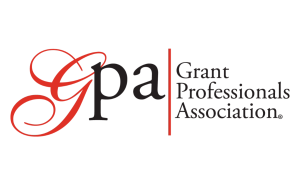They say be sure you’re asking the right questions before you start to spell out your answers. “They” must have been thinking about a persuasive proposal. It’s important to frame the problem, the challenge or the opportunity and then go about telling how you’ll address it.
There’s a natural (but unhelpful) tendency to jump right in, talking about what your organization does, how many people it serves, what methods it employs. These are important things to share in a proposal after you’ve demonstrated that you really understand the nature of the problem or situation you want to address.
This is important not only for your organization’s own planning and resource development but also because funders are very likely to be as (or more) current on the situations you’re describing. If you launch into a busy narrative about your solution without a clear and contemporary analysis of the problem, you run the risk of losing credibility with the funder.
Program staff and advisors and other grantees have been down “that road,” are in touch with key players and have their own radar telling them what’s going on.
You want your proposals to persuade funders that you have invented a better mousetrap. “That’s good news — once we have established that there are mice,” said Thomas Boyd, chief editorial consultant for The Grantsmanship Center. This is why, when nonprofit managers do thoughtful program planning, they start with the problem. If your organization is on the ground, in touch with its community, engaged with key stakeholders in the situation, you will be able to paint a compelling picture of what needs to be done. Then, once you’ve described and examined the problem or situation or circumstance you care about, you can begin to present your solution — the “answer” to the question.
Foundation and corporate proposals, most government funding applications and other opportunities to ask for money tend to follow this sequence: before you tell us what you intend to do, tell us why you’re going to do it. A clear and compelling description of the problem tells the funder that you are aligned with its world view and its concerns.
And by articulating the problem first, you are creating the standard with which your program can measure its impact and outcomes. Too many mice, a better trap, fewer mice. © Copyright 2022 The Grantsmanship Center











